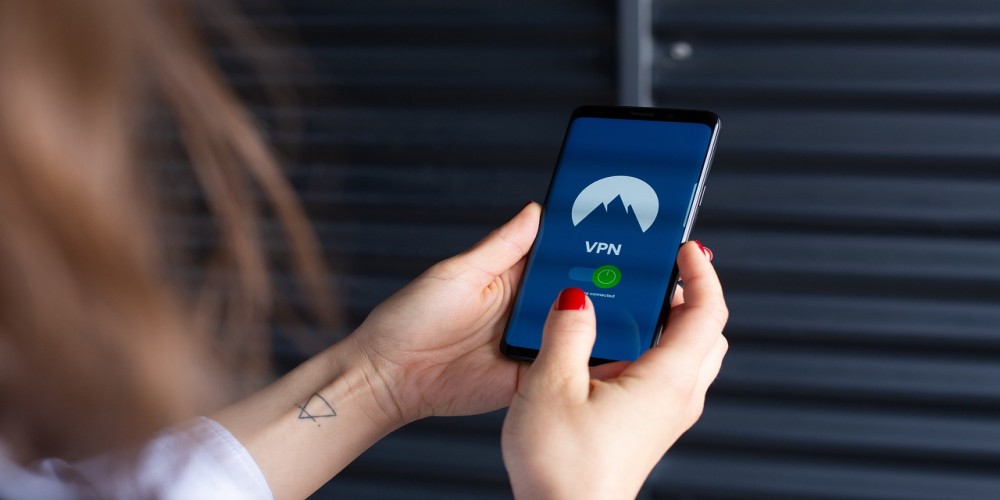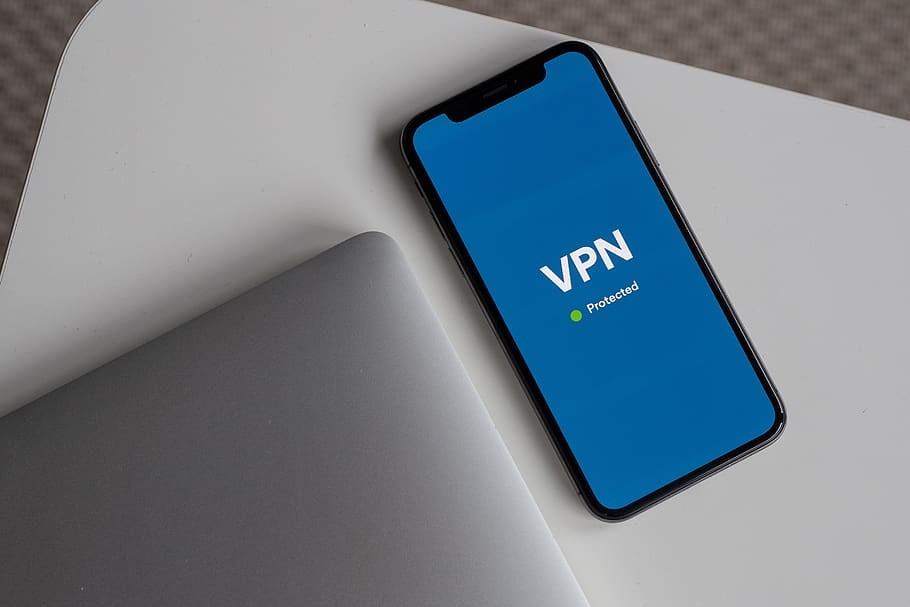Secure Your Mobile Internet: The Ultimate Guide to Setting Up a VPN on Your Smartphone
- Feb 08, 2024
- 996

The use of Virtual Private Networks (VPNs) has become a cornerstone in preserving the integrity of our internet activities, especially on mobile devices that accompany us everywhere. A VPN acts as a secure tunnel between your device and the internet, encrypting your data and masking your IP address from prying eyes. Setting up and using a VPN on your mobile device is a straightforward process that can significantly enhance your browsing security. By the end of this guide, you will have the tools and knowledge to confidently navigate the digital landscape with an extra layer of protection.
Choosing the Right VPN Provider
The first step in setting up a VPN on your mobile device is selecting the right VPN provider. This decision should not be taken lightly, as the provider you choose will be responsible for the security and privacy of your internet activities. Look for a VPN service that has a strong reputation for reliability and security. Check for features such as a no-logs policy, which ensures that the provider does not store any information about your internet activities. Additionally, consider the number of servers and locations the VPN offers, as this will affect your ability to bypass geo-restrictions and enjoy a fast, stable connection. A good provider should also offer customer support in case you run into any issues while setting up or using the VPN.
Once you have narrowed down your choices, it's wise to read reviews and test out the VPN service, if possible. Many reputable providers offer free trials or money-back guarantees, allowing you to evaluate their service before committing to a subscription. Pay attention to the ease of use of their mobile app, as a user-friendly interface will make your VPN experience much more pleasant. Also, ensure that the VPN is compatible with your mobile device's operating system, whether it's iOS, Android, or another platform. By taking the time to choose the right VPN provider, you lay the foundation for secure and hassle-free mobile browsing.
Installing the VPN App on Your Mobile Device

After selecting your VPN provider, the next step is to install the VPN app on your mobile device. Most providers make their apps available through the App Store or Google Play, ensuring a simple and secure installation process. Begin by searching for the VPN provider's app and download it onto your device. Once the download is complete, open the app and sign in using the account credentials you created when you signed up for the service. The app will typically guide you through the setup process, which may include granting necessary permissions for the VPN to operate correctly on your device.
The installation process should be smooth and intuitive, with clear instructions provided by the app. If you encounter any issues, refer to the provider's support documentation or contact their customer service for assistance. It's essential to follow the installation steps carefully to ensure that the VPN is configured correctly on your device. This will prevent potential security gaps and ensure that your VPN connection is as secure as possible. With the VPN app installed and set up, you're one step closer to enjoying a secure and private mobile browsing experience.
Configuring VPN Settings for Optimal Security
Once the VPN app is installed on your mobile device, it's time to configure the settings for optimal security. Most VPN apps offer a range of settings that you can customize according to your needs. Start by selecting the VPN protocol, which determines how your data is transmitted over the network. Protocols such as OpenVPN, IKEv2, and WireGuard are known for their strong security features and should be prioritized. Some apps may automatically choose the best protocol for you, but it's still beneficial to understand the options available.
In addition to the protocol, consider enabling features like an automatic connection to the VPN when you access the internet, which ensures you're always protected. If available, use the split tunneling feature, which allows you to choose which apps will use the VPN connection and which will not. This can be particularly useful if you have apps that require a local IP address or if you want to conserve bandwidth. Make sure to also activate any built-in security features, such as ad blocking, malware protection, and tracker blocking, if offered by your VPN provider. Taking the time to configure these settings will not only enhance your security but also tailor the VPN experience to your personal and professional needs.
Establishing a VPN Connection for Secure Browsing

To connect to the VPN, simply open the VPN app and select a server location. You may choose a server based on your desired location or let the app select the fastest server for you. Once you've made your selection, click the connect button, and the app will initiate the VPN connection. A notification or icon will typically appear to indicate that the VPN is active, and your internet traffic is now encrypted.
While connected to the VPN, all your online activities are routed through the secure server, hiding your real IP address and encrypting your data. This makes it much more difficult for third parties to track your actions or intercept sensitive information. Whether you're using public Wi-Fi, accessing geo-restricted content, or simply browsing the web, a VPN connection provides peace of mind that your mobile internet usage is protected. Remember to disconnect the VPN when you no longer need it to conserve battery life and data usage. However, for the best security, consider keeping the VPN active whenever you're online.
Maintaining VPN Performance and Security
To maintain the performance and security of your VPN connection over time, it's important to keep the VPN app updated. VPN providers frequently release updates that include security enhancements, new features, and performance improvements. Enable automatic updates for the VPN app in your device's settings or regularly check for updates manually. Staying current with the latest version of the app ensures that you benefit from the most advanced security measures and the best user experience.
In addition to updating the app, periodically review your VPN settings to ensure they still align with your security needs. As new threats emerge and your online habits evolve, you may need to adjust settings to maintain optimal protection. Also, consider using additional security tools in conjunction with your VPN, such as a reputable antivirus app, to further secure your mobile device. By actively managing your VPN and staying informed about security best practices, you can ensure that your mobile browsing remains safe and secure well into the future.
By carefully selecting a VPN provider, installing and configuring the app, and maintaining your connection, you can protect your internet activities from unwanted surveillance and cyber threats. With this guide, you now have the knowledge to confidently secure your mobile browsing and navigate the digital world with greater peace of mind.